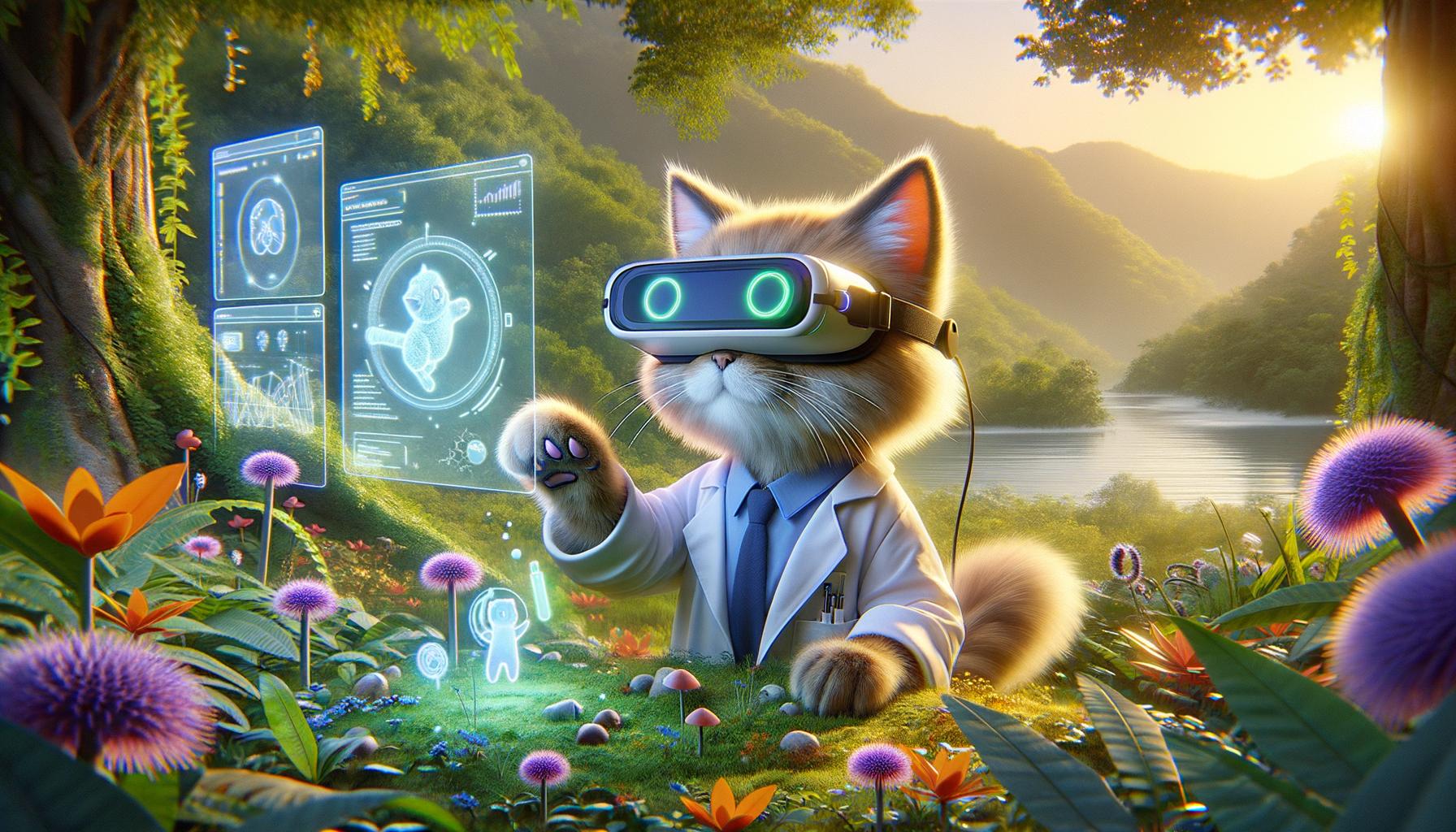Understanding Accessible Mixed Reality
Accessible mixed reality (MR) is about creating immersive experiences that everyone can use, regardless of their abilities. This approach integrates MR with the principles of spatial computing to make digital interactions more inclusive.
Importance in the Evolution of XR
Mixed reality provides a bridge between physical and virtual worlds. Unlike augmented reality, which overlays digital content on real environments, MR allows for interaction between both realms. This evolution is essential as companies like Apple, Meta, and Microsoft prioritize accessibility in their mixed reality strategies.
What Makes Mixed Reality Accessible?
Accessible MR focuses on enhancing the usability of these technologies for all users. This includes:
- Spatial mapping and anchors for environmental understanding.
- Advanced tracking systems for eye, hand, and speech inputs.
- Spatial sound for a comprehensive audio experience.
- Accurate positioning in both physical and virtual spaces.
These enhancements address barriers faced by individuals with motor, visual, and cognitive impairments, making XR experiences more inclusive.
Challenges in Accessible Mixed Reality
Even as advancements are made, several challenges need to be tackled:
- Physical Accessibility: Traditional controllers and gestures can be difficult for those with mobility issues.
- Sensory Impairments: Visual and auditory cues may not be sufficient for all users, necessitating alternative feedback systems.
- VR Sickness: Reducing motion sickness by enhancing visual fidelity and minimizing lag is crucial.
- Cognitive Accessibility: Simplifying user interfaces and making interactions intuitive are key.
- Inclusive Content: Content must be designed considering diverse user needs to avoid exclusion.
Innovations Driving Accessibility
Several strategies are being employed to make MR more accessible:
Optimizing Input Methods
Companies are exploring customizable controllers and adopting hand, eye, and voice tracking to reduce the reliance on complex input methods.
Utilizing Haptic Feedback
Haptic devices such as VR gloves and bodysuits can enhance the tactile experience, aiding users with sensory impairments to interact more effectively with virtual environments.
Creating Adaptive Content
AI-driven content adaptation helps in real-time translation and transcription, making collaborative sessions more accessible to those with hearing impairments. Additionally, dynamic AI assistants can tailor content to individual user needs.
Addressing VR Sickness
Improvements in spatial monitoring and advanced processing are vital to creating a seamless experience that minimizes VR sickness.
Embracing Collaborative Design
Top vendors are working closely with users who have disabilities to refine their products, ensuring accessibility is built into the design process.
The Road Ahead
The future of mixed reality hinges on its accessibility. As companies like Meta and Microsoft continue to align their innovations with accessibility goals, the potential for XR technologies to improve lives will expand. By addressing inclusivity from the ground up, the adoption of mixed reality tools can become truly global, breaking down barriers in therapy, rehabilitation, and beyond.
Source: https://www.xrtoday.com/mixed-reality/what-is-accessible-mixed-reality-making-mr-accessible/
This article is experimental and made by Knoxlabs AI.












+ There are no comments
Add yours